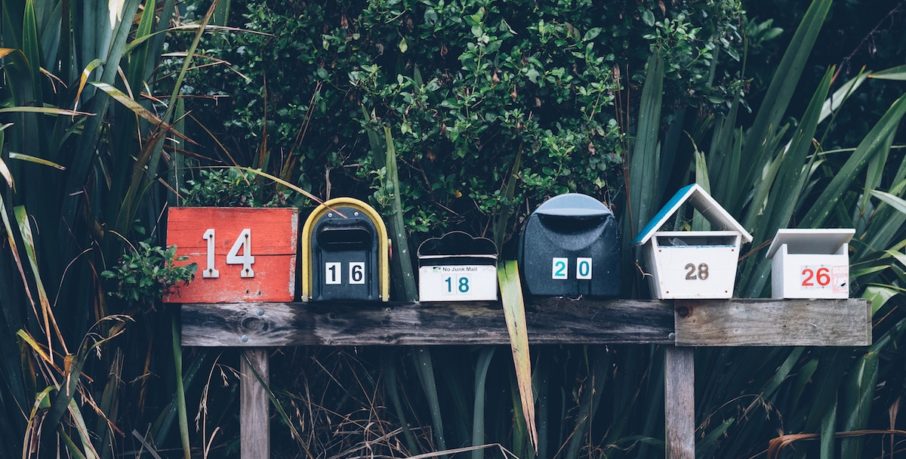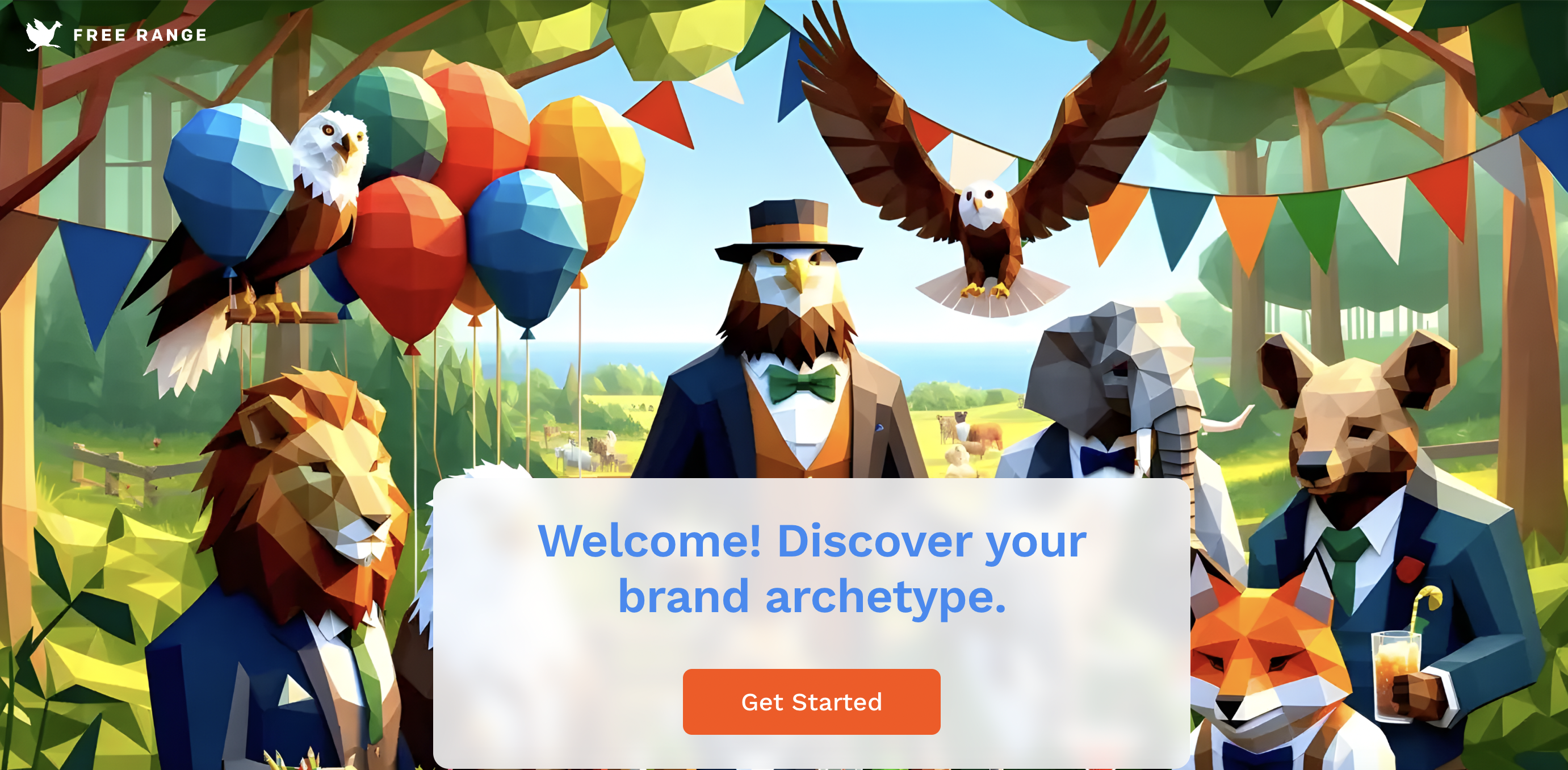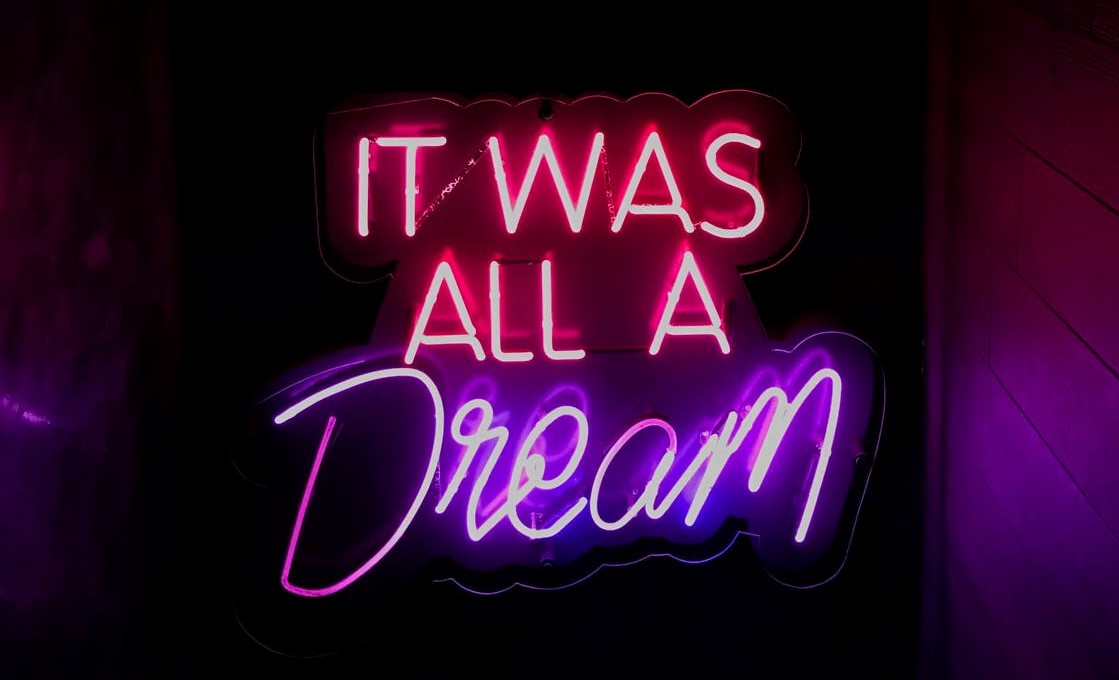Listen. It’s been a few weeks since I invited your nonprofit organization into my inbox, and I’m regularly opening your missives. Things seem to be going well for our relationship, right? But it’s time for some real talk.
The good news: By earning a spot in my inbox, you’re in the most advantageous spot to gain this Millenial’s donation. (What, you thought I was going to send a check in response to your snail mail letter? Like, with actual stamps?) And your opportunity is huge: Last year, email revenue increased by 24% and accounted for 28% of all online giving.1
The bad news: Even though I seem to like your organization’s mission, I haven’t donated yet. Here are six reasons why, and a few ideas on how you can take our relationship to that next level.
1. You’re Not Asking
It may be obvious to you that your organization relies on donations from people like me, but are you sure I know that? Email is a great channel to help connect the dots for me that my support is critical to your organization’s impact, not just a few times a year, but week in and week out.
If you’re new to including fundraising asks in your emails, start slow. Add a donation button to the bottom of your regular updates. Mention the fact that generous donors like me make your organization’s work possible in your next story. Include a short donation request between other types of content. Work your way from including an occasional ask in your current emails to sending me stand-alone fundraising emails. Eventually, you can build toward creating multi-email campaigns with cohesive messaging and visuals.
2. Your Email Isn’t from Someone I Trust
One of the core tenets of fundraising is that people give to people, so make sure your emails reflect that principle. Instead of using your organization’s name as the sender, try having fundraising emails come from a staff member like your executive director or development director. Ideally I will recognize this person, so don’t be afraid to try emails coming from other public-facing members of your staff or board, like a well-known volunteer coordinator. Use their email address as the sender name and put their name and title in the sign-off at the end of the email.
(Bonus points: Include a photo of them near their sign-off, too.)
3. Your Email Seems Impersonal
If your email seems too generic, I won’t feel like you need my help. Make it clear that I’m needed by calling me out by name. If your email list data is healthy enough, apply a merge tag to insert my first name in the salutation and again in the middle of the copy. If you don’t have everyone’s first names on your email list, you can set up alternates like “friend” using conditional merge tags. Before you try this tactic, comb your list for entries in lowercase or all caps (psst: this can make a great volunteer or intern project!).
4. Your Email Looks Boring
If I open an email to see that it’s just a long block of text, I’m probably going to check out. Catch my attention with a few visuals, whether photos of the people my donation will impact, an eye-catching stat about the effectiveness of each dollar I donate, or even just a few icons alongside possible donation levels. If you don’t have photos of your organization’s work, try including images from Unsplash or Flickr’s Creative Commons, or create your own visual using Canva’s easy design tools.
4. Your Email Isn’t Clear
I’m probably skimming your email, so make it easy for me to take action. Include a button with an eye-catching label. Add a few in-text links within your copy to make it plain what you’d like me to do, including one in the postscript. Make it easier for me to click in-text links on mobile by making the links longer than a few words (e.g. “When you donate now to support the whales, you help…” rather than “When you donate now to support the whales, you help…”). Either through A/B testing or just watching what works best across a range of emails, experiment with different button labels, button positions, and link copy. Perhaps we’ll find out together that I prefer in-text links over buttons, or that a simple “Donate Now” performs better than a more creative button label like “I’ll take a stand.”
(Bonus points: When I click a link, take me to a donation landing page customized to match the email’s messaging and visuals.)
6. You Only Asked Me Once
If you’re used to the cadence of direct mail fundraising, you might be tempted to just send me one fundraising email and call it a day. Surely I saw it already, and another email will just bother me! But you’re fighting for precious attention in my crowded inbox. Perhaps I wasn’t intrigued by your subject line. Maybe I opened your email but got distracted right as I was about to click the donate button. I could have been on a coffee shop’s questionable Wi-Fi network and didn’t want to donate right at that moment due to security concerns. Whatever the reason, I might need a reminder. Plan to send a follow-up email a week or two after your first, or plot out a campaign of emails all tied to a certain ask. You can even try using segmentation to resend the exact same email to everyone on your list who didn’t open it the first time.
And finally, make sure to say thank you as often as possible even if I don’t end up donating due to your emails. Consistent messaging over the long run will help me see that my support of your organization is valuable and appreciated, even if I choose to give in another way.
1 Source: 2017 M+R Benchmarks Study




